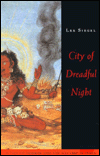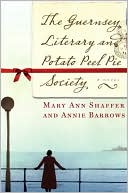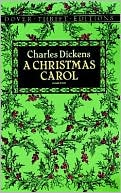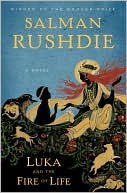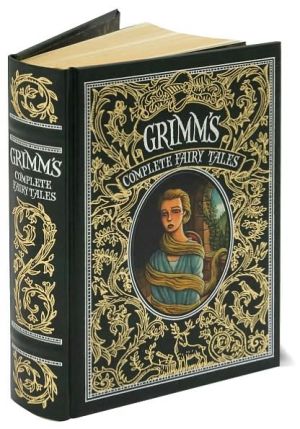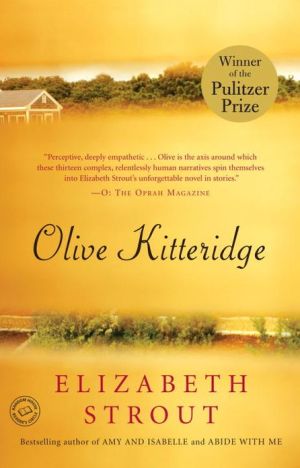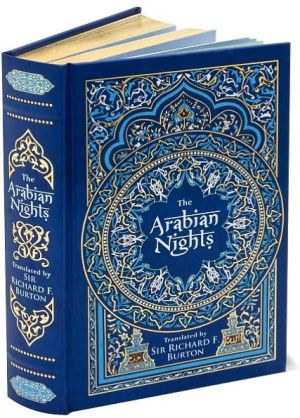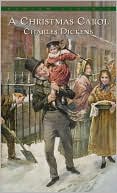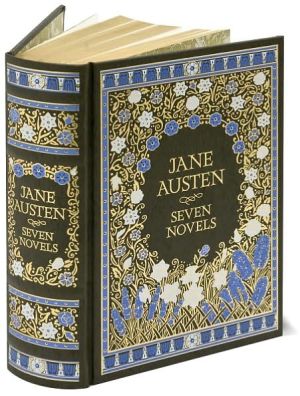City of Dreadful Night: A Tale of Horror and the Macabre in India
City of Dreadful Night is an astonishing work of fiction, a tangle of tales that transports the reader from the Medieval India of magicians, witches, and vampires, through the British colonial period with its culture clashes and simmering unrest, into the chaos and political terror of contemporary India. Flesh-eating demons, Rajiv Gandhi's assassin, even Bram Stoker and Dracula populate the serpentine narrative, which intermingles stories about the characters with the terrifying tales they...
Search in google:
When Lee Siegel went to India to do research for a book on Sanskrit horror literature, a friend in New Delhi told him about an itinerant teller of ghost and vampire tales, a man with clusters of amulets around his neck and a silk top hat with peacock plumes on his head. Siegel set out in search of the old man—called Brahm Kathuwala—to hear his stories and to learn about his uncommon life. But what started out as a study of other people's stories became a compelling story itself. City of Dreadful Night is an astonishing work of fiction, a tangle of tales that transports the reader from the Medieval India of magicians, witches, and vampires, through the British India of Brahm Kathuwala's childhood, into the chaos and political terror of contemporary India. Vividly recreating Indian literary and oral traditions, Siegel weaves a web of possession, reincarnation, and magical transformation unlike any found in the Western tradition. Flesh-eating demons, Rajiv Gandhi's assassin, even Bram Stoker and Dracula populate the serpentine narrative, which intermingles stories about the characters with the terrifying tales they tell.Siegel pursues Brahm Kathuwala from the ghastly lights of the cremation ground at Banaras through villages all over north India. Brahm's life story is revealed through countless tales along the way. We learn that he was raised, and abandoned, by two mothers—one the destitute floor sweeper who bore him; the other her employer, a wealthy Irish woman who read and reread to him the story of Dracula. We hear of his marriage to the daughter of a cremation ground attendant, his battles against her demonic possession, and their painfulparting. We come to understand the daily life and motivations of this "horror professional," who uses terrifying tales to ward off the evil he himself fears.This unorthodox book is more than a story; it blends scholarship, fantasy, travelogue, and autobiography—fusing and overlapping historical accounts and newscasts, literary texts and films, dreams and nocturnal tales. Siegel uses imagination to explore the relation of real terror to horror fiction and to contemplate the ways fear and disgust become thrilling elements in stories of the macabre. This book is the product of Siegel's deep knowledge of both Indian and Western literary and philosophical traditions. It is also an attempt to come to grips with the omnipresence of political and religious terror in contemporary India. Shocking, original, beautifully written, City of Dreadful Night offers readers a captivating immersion in the wonder and terror of India, past and present.Publishers WeeklyAncient Sanskrit tales of horror meet Bram Stoker's Dracula by way of an elderly storyteller in postcolonial India: Siegel, a professor of religion at the University of Hawaii, has assembled this bizarre but brilliant novel from sources spanning the corners of anthropology, history and oral storytelling traditions into a garish, fanciful kaleidoscope. Divided into seven sections headed by quotes from Sigmund Freud, Stephen King and 11th-century Indian religious texts, the narrative falls into three basic layers. The first is Siegel's straightforward account of his 1991 trip to India to research a book on ``horror and the macabre in India,'' where he learns of Brahm Kathuwala, a renowned vagrant storyteller. At the novel's core is Brahm's own story, fluctuating from the present to flashbacks that reveal his surrogate English mother, Mary Sheridan Thomson, a leader of her Gothic Literary Club who taught English to Brahm by reading him Dracula; and his marriage to Mena, a woman raised among the ever-burning funeral pyres which her father attended. Finally, to villagers, Brahm tells tales drawn from ``the river of stories'' that are often as gruesome as they are ancient. The narrative's endless interlocking stories-within-stories make use of elements as diverse as Hollywood horror films, a trunk full of Bram Stoker's research on vampires and the assassination of Rajiv Gandhi by a ``human bomb.'' In Siegel's explorations of why horror fascinates, Brahm's belief that ``ideas tear people apart; stories bring people together,'' proves correctespecially when the story is as inventive, entertaining and over-the-top as this one. (Oct.)
\ Publishers Weekly - Publisher's Weekly\ Ancient Sanskrit tales of horror meet Bram Stoker's Dracula by way of an elderly storyteller in postcolonial India: Siegel, a professor of religion at the University of Hawaii, has assembled this bizarre but brilliant novel from sources spanning the corners of anthropology, history and oral storytelling traditions into a garish, fanciful kaleidoscope. Divided into seven sections headed by quotes from Sigmund Freud, Stephen King and 11th-century Indian religious texts, the narrative falls into three basic layers. The first is Siegel's straightforward account of his 1991 trip to India to research a book on ``horror and the macabre in India,'' where he learns of Brahm Kathuwala, a renowned vagrant storyteller. At the novel's core is Brahm's own story, fluctuating from the present to flashbacks that reveal his surrogate English mother, Mary Sheridan Thomson, a leader of her Gothic Literary Club who taught English to Brahm by reading him Dracula; and his marriage to Mena, a woman raised among the ever-burning funeral pyres which her father attended. Finally, to villagers, Brahm tells tales drawn from ``the river of stories'' that are often as gruesome as they are ancient. The narrative's endless interlocking stories-within-stories make use of elements as diverse as Hollywood horror films, a trunk full of Bram Stoker's research on vampires and the assassination of Rajiv Gandhi by a ``human bomb.'' In Siegel's explorations of why horror fascinates, Brahm's belief that ``ideas tear people apart; stories bring people together,'' proves correctespecially when the story is as inventive, entertaining and over-the-top as this one. (Oct.)\ \ \ \ \ Library JournalIn addition to its tradition of nonviolence, India has other traditions in which ghosts, vampires, and horrific monsters appear. Siegel (religion, Univ. of Hawaii) uncovered these traditions when he traveled to Banaras to research a book on Sanskrit horror literature. In a fast-paced style, he interweaves his actual experiences with the violent events of 1991 India and the life and work of Bram Kathuwala, an elderly storyteller who specializes in macabre tales. In this re-creation of a storytelling tradition dating from medieval times, magicians, vampires, and flesh-eating devils pop upas does Rajiv Gandhi's assassin. The line between fact and fiction quickly blurs, and the reader soon is absorbed into this spellbinder. A hair-raising book that is not what you'd expect from an academic publisher; recommended for collections on South Asia and/or mysteries.Donald Clay Johnson, Univ. of Minnesota Lib., Minneapolis\ \ \ BooknewsDescribes a visit to India in which the author, a scholar, storyteller, and professor of religion at the U. of Hawaii, searches for a legendary Indian storyteller. The author blends his story with tantalizingly recounted tales of horror, ritual, magic, and betrayal, both real and fanciful. Annotation c. Book News, Inc., Portland, OR (booknews.com)\ \
